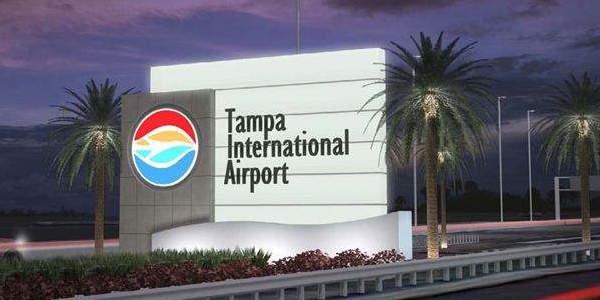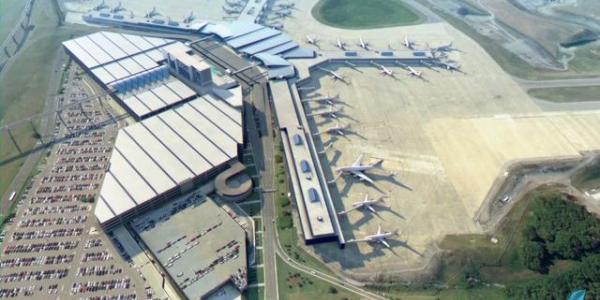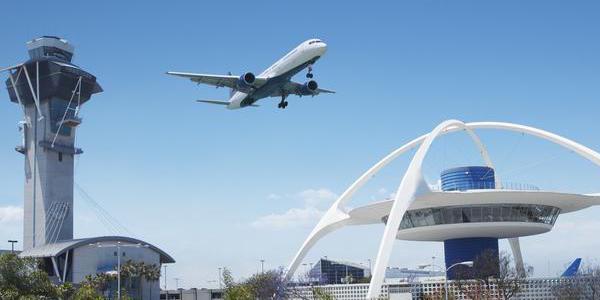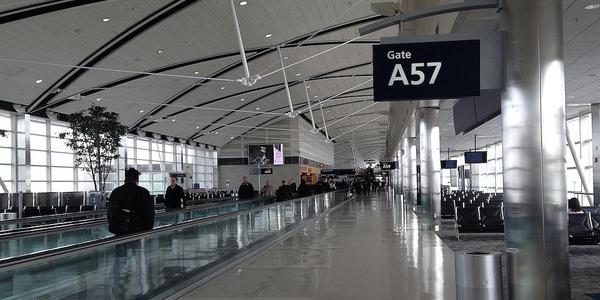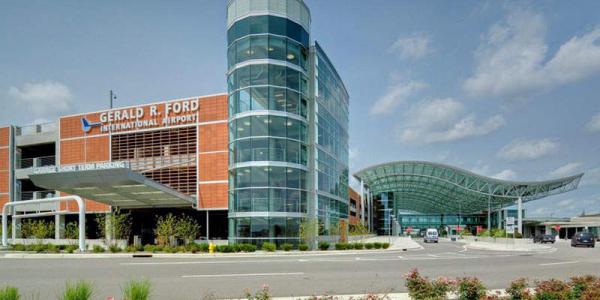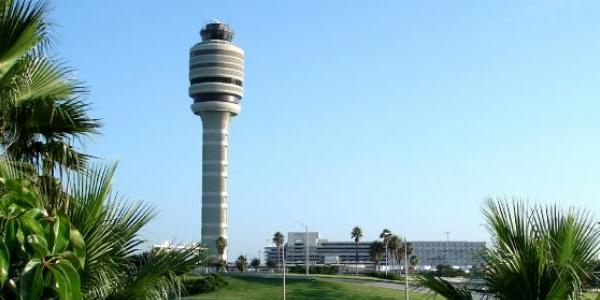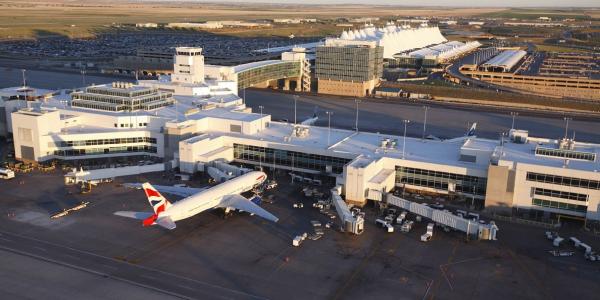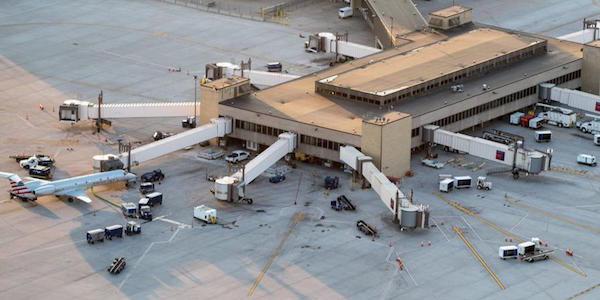Portland International Airport
Project Airport Technology Master Plan
Portland, Oregon, USA
Project Description
The JW Group (JWG) previously led and managed the development of the Airport Technology Master Plan (ATMP) Update. The plan developed both the business and technical requirements for a number of systems, applications and focus areas identified by the Port of Portland (Port). The ATMP focused on the short-term requirements of the Port while recommending IT initiatives that considered some of the latest industry technology trends including near-field communications, real time location services, Bluetooth low energy, self-bag tagging, self-boarding, and technology to enhance the end-to-end passenger experience.
The plan developed recommendations, costing, comparative airport benchmarking, project priorities, an implementation plan/roadmap, ongoing support, and maintenance costs and identified staffing needs for all planned projects. The ATMP also mapped the recommendations to the Port’s goals, objectives and study requirements and weighted those to develop the roadmap and project schedule/timing. Specific technology and focus areas The JWG analyzed as part of this plan included shared tenant services, Multi-Use Flight Information Displays (MUFIDS), digital way finding, audio and video paging, airport remote concession sales platforms, Distributed Antenna System (DAS), Common Use Passenger Processing and Self-Service Passenger Processing Systems (CUPPS/CUSS), mobile applications, passenger analytics, security/facility wait time monitoring, expanded Wi-Fi in public areas and operational Wi-Fi, alternate carrier access, CCTV, as well as other technologies were studied and analyzed as part of the study.
As a follow-on to the ATMP, The JWG personnel worked with the Port to develop Request for Proposal documentation for a third party to install and manage a distributed antenna system to support cellular service throughout the PDX campus.



